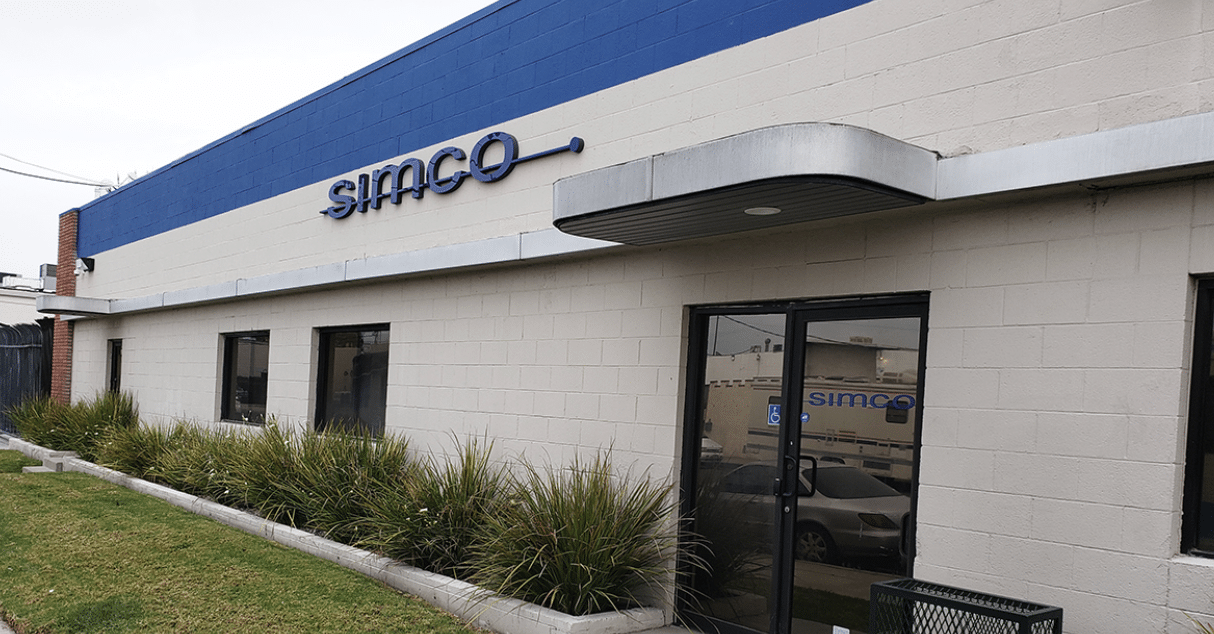Temperature measurement and control represent fundamental requirements across virtually every industry and scientific discipline, where accurate thermal measurements determine product quality, process efficiency, safety compliance, and research validity. From the precise temperature control required in pharmaceutical manufacturing to the extreme thermal measurements needed in aerospace testing, temperature calibration ensures that critical processes operate within specified parameters while maintaining the measurement accuracy that quality systems demand.
The pervasive nature of temperature in industrial and scientific applications reflects its fundamental role in determining material properties, reaction rates, and system performance. Chemical processes depend on precise temperature control to achieve desired reaction outcomes, optimize yields, and ensure product quality. Even minor temperature deviations can significantly impact reaction kinetics, product purity, and manufacturing efficiency, making accurate temperature measurement essential for successful operations.

Food and beverage processing industries operate under strict temperature control requirements that directly affect product safety, quality, and shelf life. Pasteurization processes, cold storage operations, and cooking procedures all depend on accurate temperature measurement to ensure food safety while maintaining nutritional value and sensory characteristics. Regulatory agencies worldwide maintain comprehensive temperature monitoring requirements that reflect the critical role of thermal control in food safety.
The pharmaceutical industry faces even more stringent temperature requirements, as drug manufacturing, storage, and distribution must maintain precise thermal conditions to preserve medication efficacy and safety. Cold chain management for vaccines and biologics requires continuous temperature monitoring with measurement uncertainties measured in fractions of degrees. Manufacturing processes for active pharmaceutical ingredients often involve temperature-sensitive reactions where accuracy directly affects product potency and purity.
Understanding the diverse technologies used for temperature measurement reveals why calibration becomes so complex and critical. Thermocouples, the most widely used temperature sensors, rely on thermoelectric effects that can be affected by junction contamination, wire degradation, and reference junction instability. Resistance temperature detectors offer superior accuracy and stability but require careful attention to lead wire effects, self-heating errors, and electrical interference that can compromise measurement integrity.
Electronic temperature transmitters and digital thermometers incorporate sophisticated signal processing and calibration algorithms that can drift over time due to component aging and environmental exposure. Infrared pyrometers and thermal imaging systems face unique challenges from emissivity variations, atmospheric absorption, and optical contamination that can significantly affect measurement accuracy.
The environmental conditions commonly encountered in industrial applications create additional challenges for temperature measurement accuracy. Vibration from machinery can affect sensor mounting and electrical connections, while electromagnetic interference can compromise electronic signal processing. Chemical exposure can attack sensor materials, create deposits that affect thermal response, or introduce corrosive conditions that gradually degrade measurement performance.
Mechanical stress from thermal cycling, pressure variations, and installation conditions can alter sensor characteristics and compromise measurement accuracy. Even seemingly minor factors such as mounting orientation, heat conduction through sensor leads, and radiation effects can introduce significant measurement errors if not properly addressed during calibration and installation.
The consequences of inaccurate temperature measurement extend throughout industrial operations, often manifesting as product quality problems, process inefficiencies, and safety hazards that can severely impact business operations. In semiconductor manufacturing, temperature control during wafer processing directly affects device performance, yield rates, and product reliability. Even minor temperature variations can result in defective products, reduced yields, and significant financial losses.
Heat treatment operations in metallurgy depend on precise temperature control to achieve desired material properties, with calibration errors potentially compromising strength, hardness, and durability characteristics that determine product performance. The aerospace industry requires temperature measurements across extreme ranges for engine testing, environmental simulation, and materials research, where accuracy directly affects safety and performance validation.
Environmental testing laboratories rely on accurate temperature control for product qualification, reliability testing, and regulatory compliance verification. Temperature chambers, thermal shock systems, and climatic test equipment must maintain precise conditions throughout extended test periods, with calibration accuracy directly affecting test validity and product certification.
Professional temperature calibration addresses these challenges through comprehensive procedures that verify accuracy across the complete measurement range under conditions that closely simulate actual operating environments. The calibration process begins with careful assessment of sensor condition, including visual inspection for damage, contamination, or installation problems that might affect measurement performance.
Reference standard selection becomes critical for temperature calibration, as different temperature ranges and accuracy requirements demand specialized calibration equipment and procedures. Precision thermometers, calibrated thermocouples, and resistance bridges provide primary reference standards for different temperature ranges and sensor types. Fixed-point calibration using phase transition temperatures of pure materials offers the highest accuracy for critical applications.
Calibration procedures must account for the specific installation and operating conditions that affect measurement accuracy in actual applications. Immersion depth, thermal gradients, response time, and environmental factors all influence sensor performance and must be considered during calibration. Comparative calibration in temperature baths provides accurate results for most applications, while in-situ calibration may be required for sensors that cannot be removed from their installations.
Modern calibration laboratories employ automated calibration systems that can test multiple sensors simultaneously while maintaining precise temperature control and comprehensive data collection. These systems generate detailed calibration reports that document sensor performance, identify trends, and provide recommendations for optimization of temperature measurement systems.
Uncertainty analysis plays a crucial role in temperature calibration, as measurement accuracy requirements often approach the fundamental limits of available technology. Calibration laboratories must carefully evaluate all sources of measurement uncertainty and provide realistic uncertainty statements that enable customers to assess measurement suitability for their specific applications.
The frequency of temperature calibration depends on numerous factors including sensor type, operating conditions, measurement criticality, and regulatory requirements. Harsh operating environments, extreme temperatures, and safety-critical applications typically require more frequent calibration intervals, while sensors operating in stable conditions may maintain accuracy for extended periods.
Drift analysis using historical calibration data helps optimize calibration intervals while maintaining appropriate measurement confidence. Many organizations implement condition-based calibration programs that monitor sensor performance trends and trigger calibration based on actual drift patterns rather than arbitrary time intervals.
Selecting qualified temperature calibration services requires careful evaluation of technical capabilities, accreditation status, and specialized expertise in thermal measurement applications. ISO 17025 accreditation provides assurance of technical competence, while additional certifications may be required for specific industry applications or regulatory compliance.
The scope of accreditation becomes particularly important for temperature calibration, as different temperature ranges, sensor types, and accuracy requirements may require specialized equipment and expertise. Customers should verify that their specific calibration needs fall within the laboratory’s accredited capabilities and that appropriate uncertainty levels can be achieved.
SIMCO’s temperature calibration services encompass the full spectrum of thermal measurement applications across industry and research environments. Their ISO 17025 accredited laboratories combine advanced calibration equipment with experienced technicians who understand the unique challenges associated with accurate temperature measurement in diverse applications.
The investment in regular temperature calibration provides substantial returns through improved process control, enhanced product quality, and reduced operational risks. Organizations that maintain properly calibrated temperature measurement systems consistently report better manufacturing efficiency, fewer quality problems, and improved regulatory compliance. In today’s competitive global marketplace, the measurement accuracy provided by professional temperature calibration becomes a strategic advantage that enables operational excellence while ensuring safety and quality.





